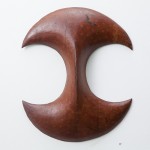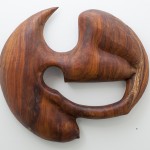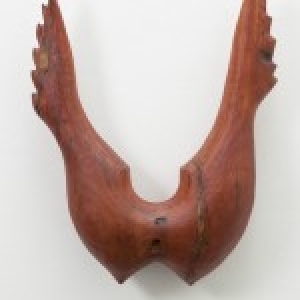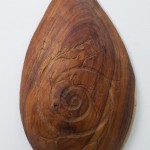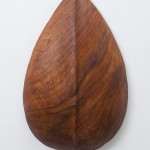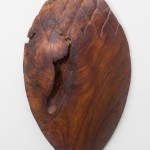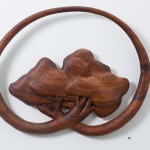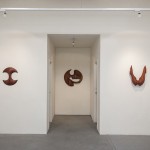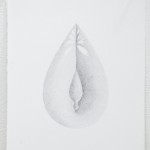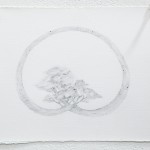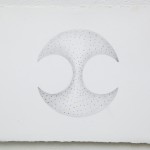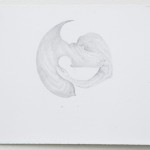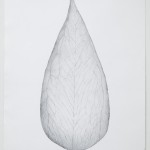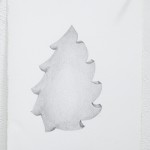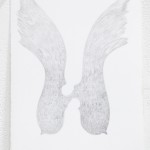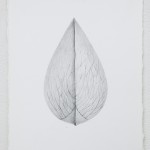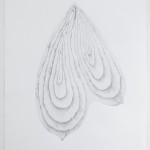The Breast
Drawings and Sculptures
Inspired by the experience and challenges of motherhood and the intimate mother-child bond, artist Tania Virgona explores the form, purpose and significance of the female breast in a series of woodworks and graphite drawings.
The volva shape regularly appears in Virgona’s works often referencing female, leaf or flower formations, sometime the eye or the mouth. Other times the form is used as a gate way between the inner and outer, from one place to another or as a form to indicate direction such as an arrow. In this body of work the volva form takes on the notion of the breast.
In our modern society, the breast is referred to as an object of sex where it is used to sell, allure and seduce. This orientation can make women and mothers feel shame and self-conscious when it comes to exercising their choice to breast-feeding in public. The line between function and objectification becomes blurred not only for the viewer but also for the women.
To an infant the breast is the mother that provides food, comfort, security and holding. This holding contributes to the infant’s developing understanding of their body and self-awareness.
Virgona’s artworks represent more than just the soft, gentle, feeling nature of the breast. The breasts portrayed in the drawings are soft and sensual; there’s a pulse beating under the skin. And yet all is not as it seems. In the woodworks, the breast is no longer soft and supple but hard and unyielding. And it’s this duality that lies at the heart of this work; as much as the breast can nurture and sustain life, it can also deplete the nurturer to the point of self-sacrifice. It’s here that the inner feeling space bumps up against the demands of the outer world. Virgona instances a passage from Women Who Run With The Wolves by Clarissa Pinkola Estés on the demands made on women: “against our wills, our empathy overflows [and] our milk runs down our bellies. We as women must take the time, advises Pinkola Estés, to “ ‘put on the brass brassiere’. Stop running the milk train. Do the work of turning towards home.”
The breasts carved out of hardwood resemble breast plates and embody the yang element – the masculine –without losing the circularity and flowing quality of the feminine. These breast shields are the antidote to the emotional leakage and contain and protect the nurturer. This resembles sthe process of taking back the breast.
Virgona goes on to explain that the very act of carving and imposing her will on a piece of wood has echoes in child rearing: how much do we allow another human being to come forth and how much do we mould them? Her work also references the natural world with motifs including fish, birds and trees and represents our relationship with the earth. To what extent do we influence our environment and to what extent are we influenced by our environment. She talks of experiencing the Divine in Mother Nature and of sharing the Aboriginal belief in the earth as an entity with a consciousness.
‘The Breast’ explores a series of interdependent relationships and is essentially a discourse about how we interact with others, with our inner and outer worlds and, ultimately, with nature.
By Charlotte Francise
